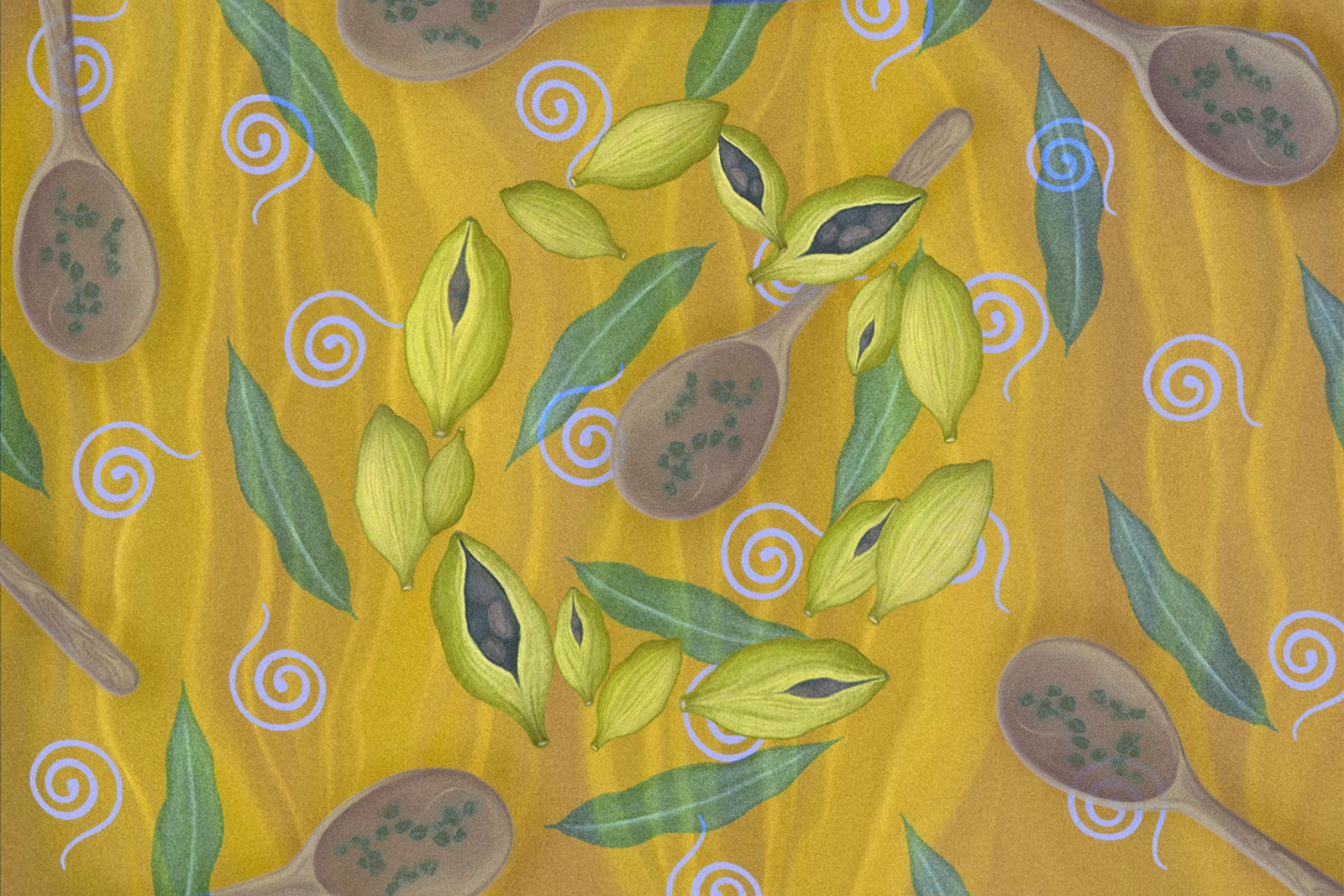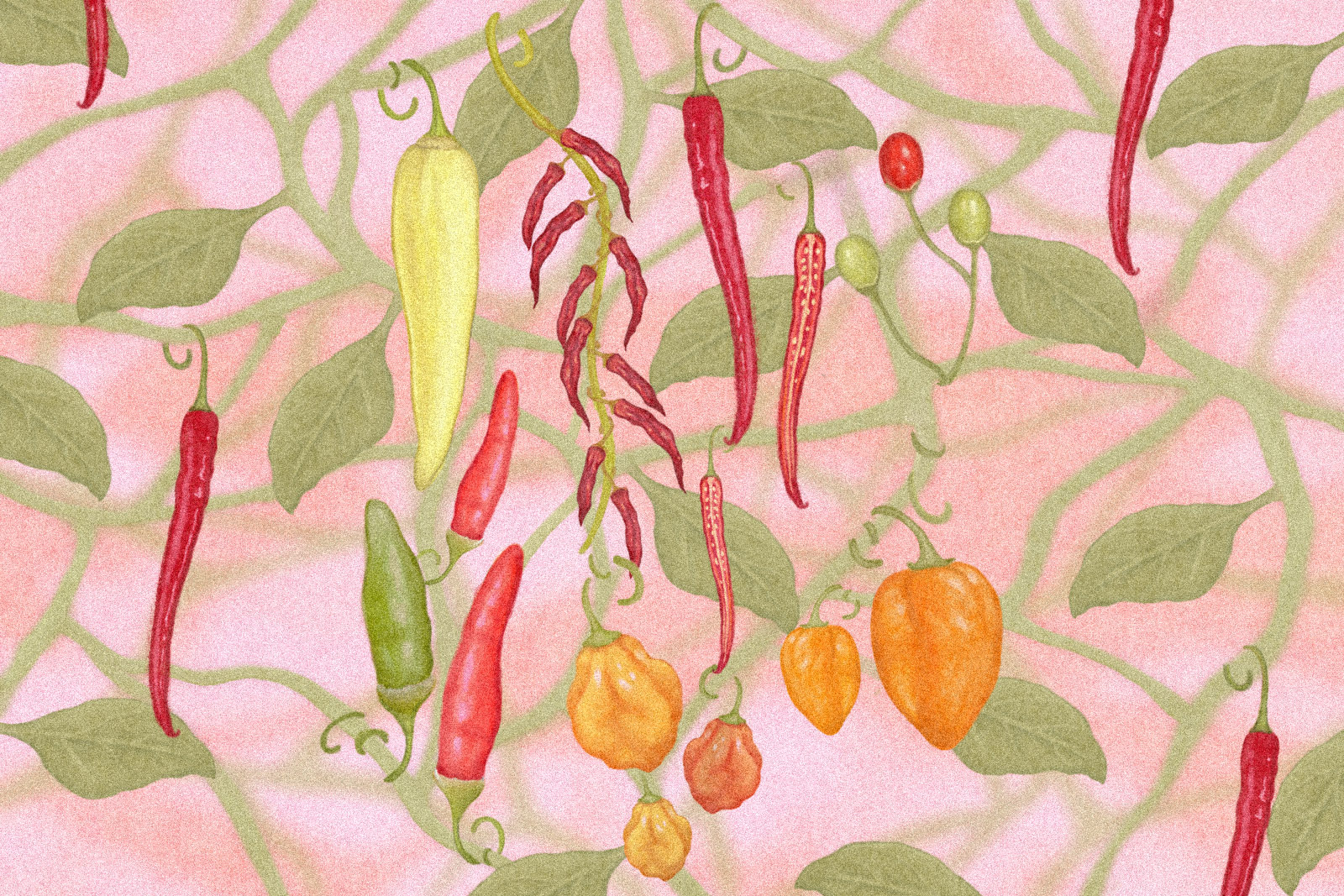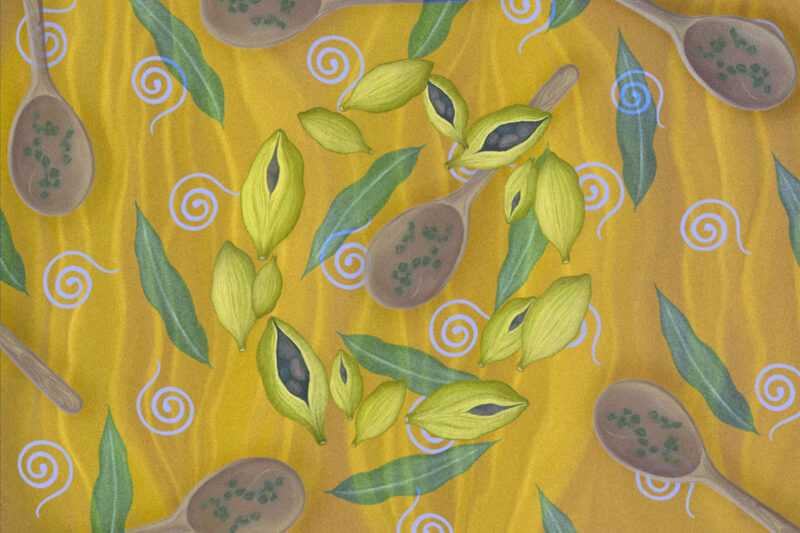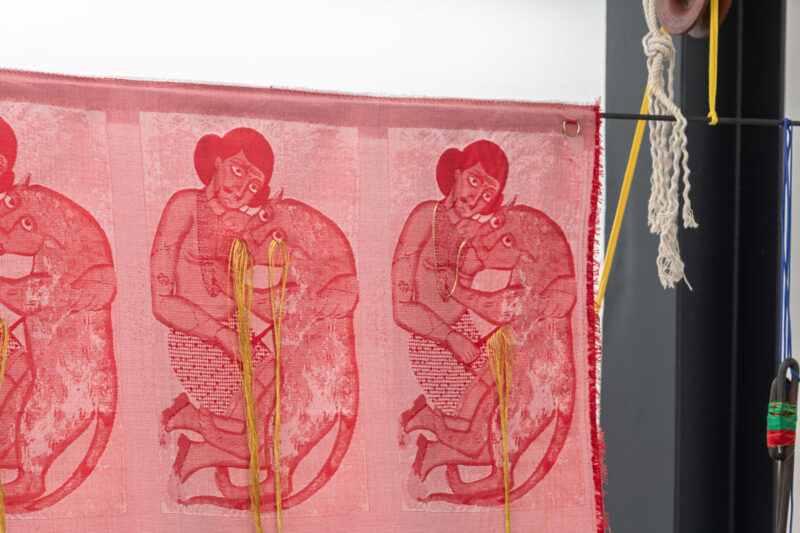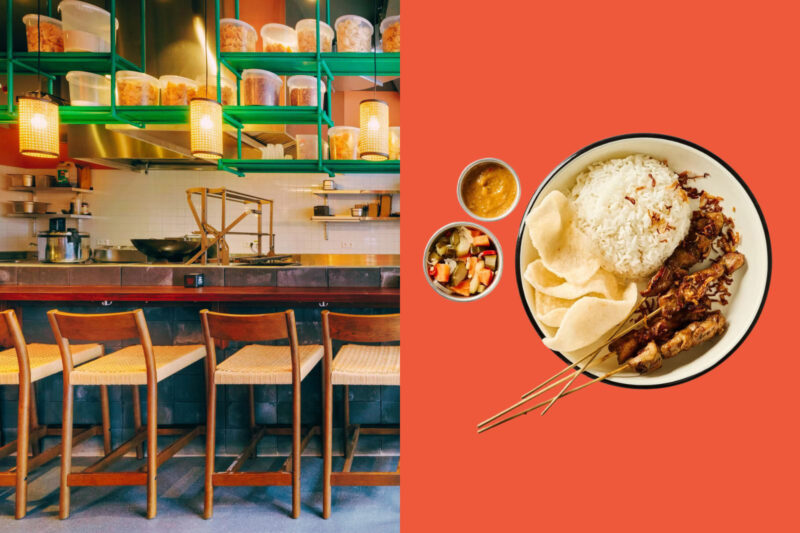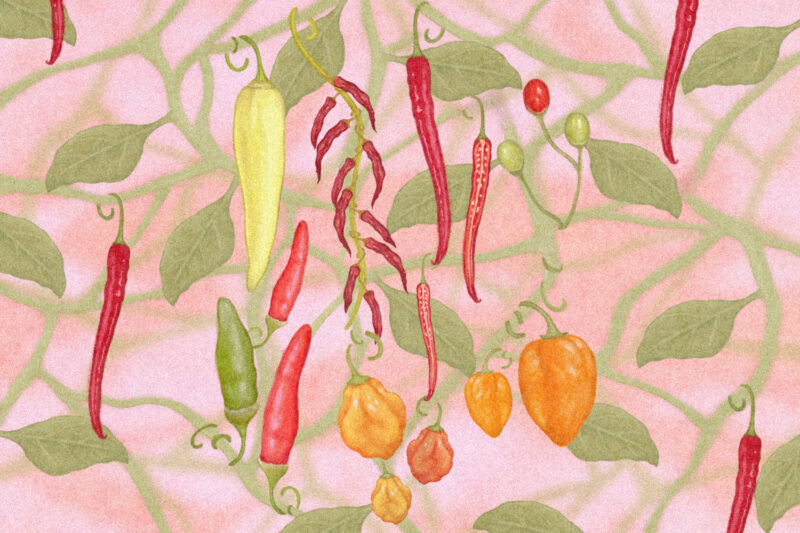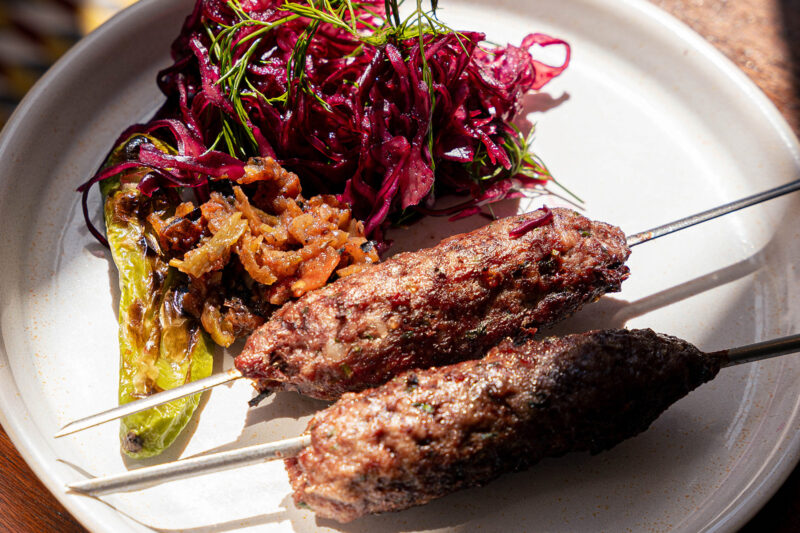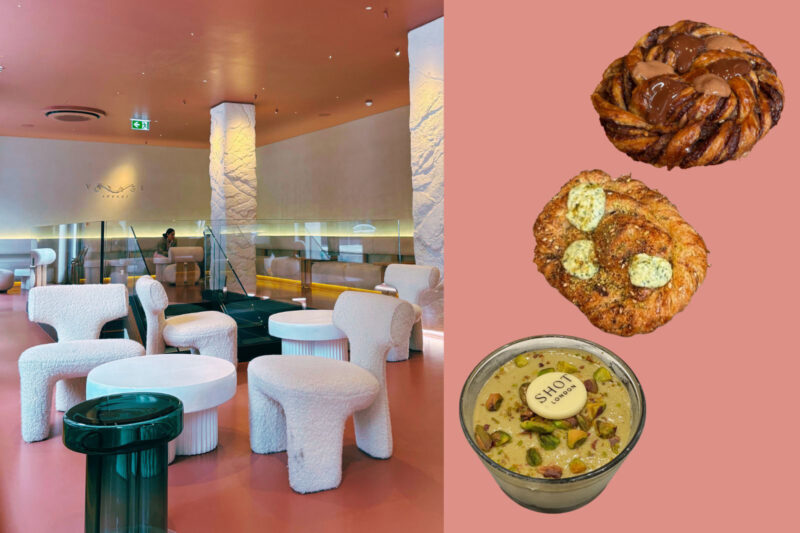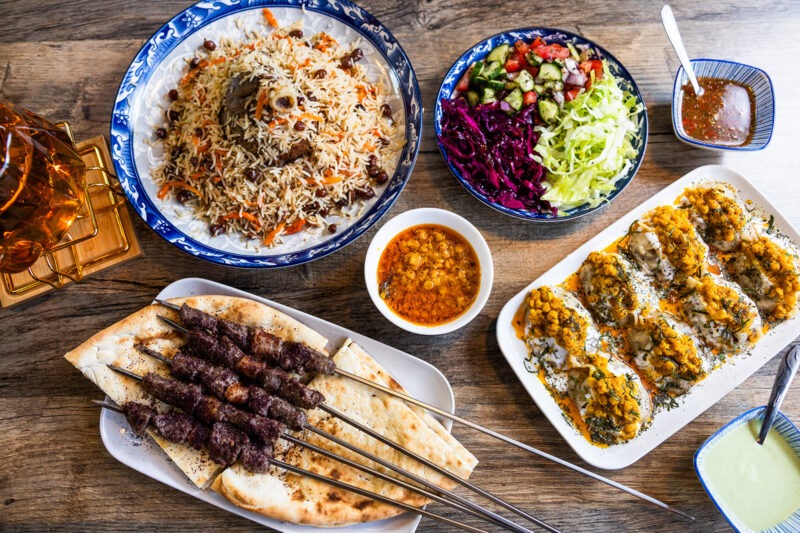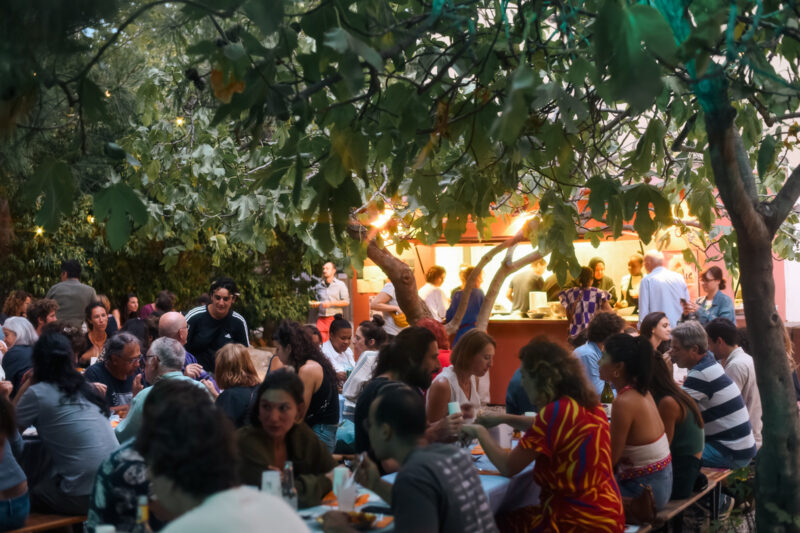Cloves: a warming and fragrant treasure
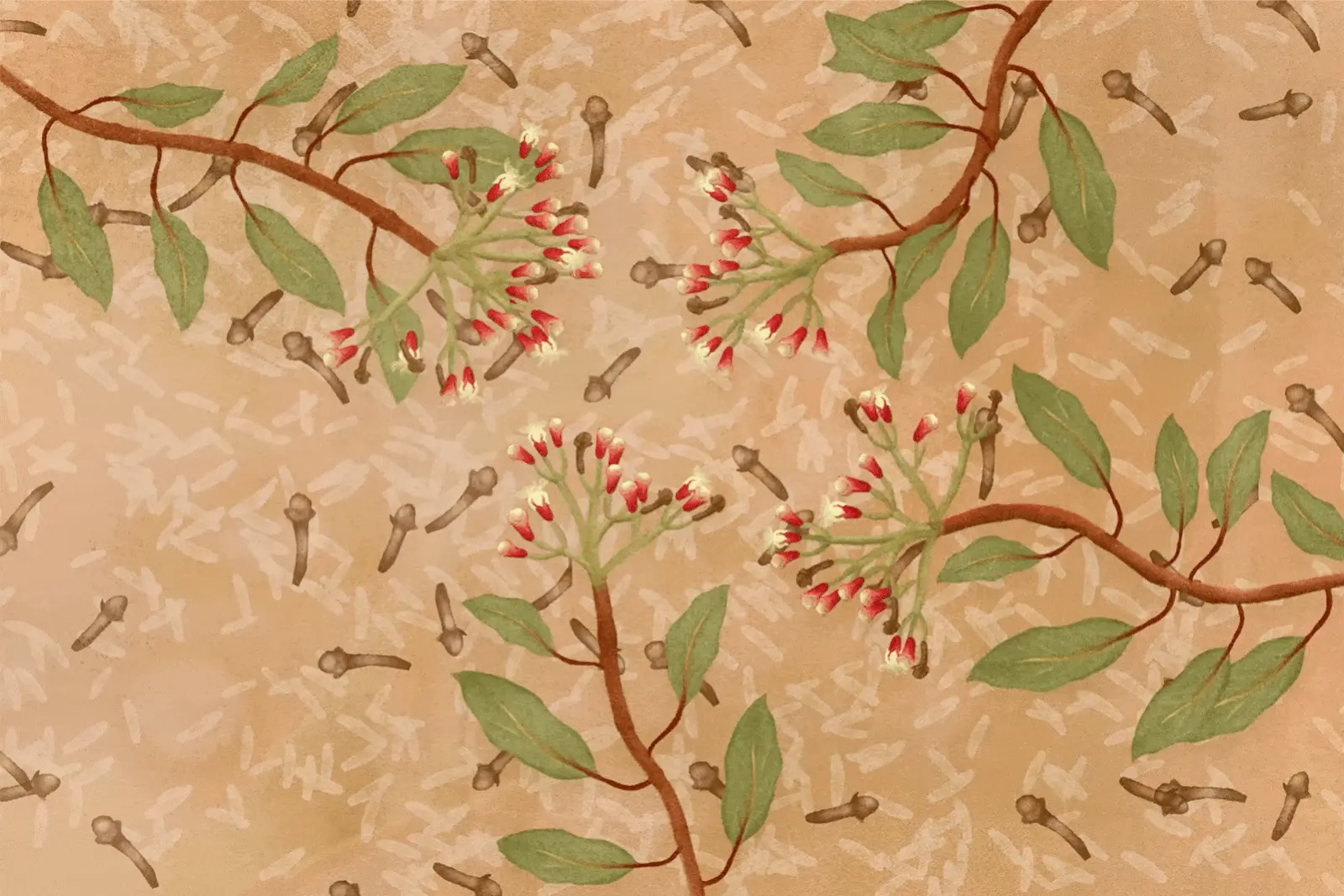
From biryani to chai and mince pies, this spice gives deep flavour to the cooler months
When I was growing up, cloves were always a source of irritation. After loading up my plate with pilau or biryani, I’d put a hearty spoonful into my mouth and suddenly be overwhelmed by a torrent of acrid bitterness, worlds away from the warm aromatic flavour this spice imparts when not consumed whole. Fortunately, as a grown adult, I’ve now learned to eat around them.
A vital ingredient in everything from biryani to pumpkin pie, cloves are the dried flower buds of the syzygium aromaticum tree native to the Maluku Islands — otherwise known as the Spice Islands — in Indonesia. The trees have large leaves and crimson flowers, the buds of which cluster together, turning from pale to green to red as they mature.
Once harvested and processed, they become an essential component of the flavour profiles of cuisines across Asia. In powdered form, they can be found in Chinese five spice powder and garam masala. Whole, they are used in a plethora of curries, chai, phô broth and nasi goreng. In Europe, they tend to be used in sweet dishes, such as fruit pies, crumbles and bread puddings. They are also clearly present in Lea & Perrins Worcestershire sauce and that most classic of British condiments, HP sauce.
The global journey of cloves began around 1500 BCE, when the spice was traded, along with mace and nutmeg, across the Indian Ocean by Austronesian peoples. Trade with India and China developed into long-distance trade with Europe by Arab nations along the Silk Road. By the eighth century, cloves were sold and traded to Europe, but continued to be grown only in the Malukas. Then western colonial powers sought to control their cultivation and sale.
Over the course of the 17th century, the Dutch East India Company occupied and colonised the Malukas and attempted to establish a monopoly over cloves, similar to the hold they had created on nutmeg. However, they failed because the trees that produce cloves were scattered all over the thousand or so islands. Records state that in 1770, a French botanist named Pierre Poivre transplanted cloves to Mauritius. From there, they began to be cultivated in Zanzibar, Madagascar, the Comoro Islands and Sri Lanka.
That part of the story has a dark side, though. In 1840, the Sultan of Oman decided to move his capital to their colony in Zanzibar, part of the large empire Oman had built along the east African coast. The Sultan established clove plantations, which drew heavily on the labour of enslaved people from mainland east Africa. The open-air slave market in the capital, Stone Town, operated until 1873, when the British shut it down, but slavery de facto existed on the island into the early 20th century.
The growing abundance of cloves throughout the 19th century and their importation to Europe meant they became a more common ingredient. Colonially inspired mulligatawny soup and winter favourites such as mulled wine and mince pies all include their deeply fragrant flavour. The 1877 Home Cook Book includes a recipe for clove cake and the spice was also used in the still-observed Victorian Christmas tradition of making pomanders, in which cloves are pressed into an orange and hung up to perfume people’s homes.
Indonesia, specifically the Malukas, still dominates production of the spice, cultivating 70% of all cloves, followed by Madagascar and Tanzania — including the island of Zanzibar — Sri Lanka and the Comoro Islands. In Europe, however, cloves are now indelibly associated with dark nights and cold weather. As autumn kicks in and the holiday season draws nearer, they’re sure to make an appearance on your table some time soon. Whether you’re cooking up a biryani or indulging in a mince pie, just make sure you don’t eat them whole.
 Newsletter
Newsletter


